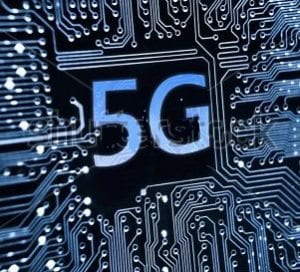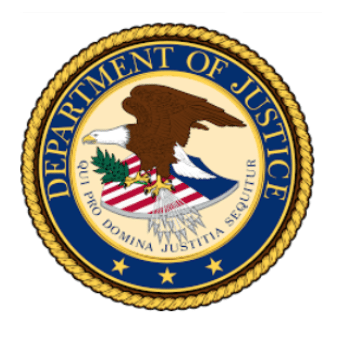From left: Ajit Pai, Mignon Clyburn and Jonathan Adelstein at the FCC’s
Broadband Deployment Advisory Committee meeting. Photos by Leslie Stimson, Inside Towers
The FCC’s Broadband Deployment
Advisory Committee is closer to issuing recommendations to the FCC on
how to reduce several types of regulatory barriers to broadband
infrastructure deployment. The advisory group approved several draft
recommendations at its third meeting of the year last Thursday and they
plan to approve final recommendations at the next meeting on January 22
and 23, 2018.
Several FCC Commissioners addressed
the all-volunteer group. Chairman Ajit Pai told the group as they began
their all-day meeting: “The internet is poles, cables and physical
infrastructure. Building these networks is
hard and the government shouldn’t make it harder. When you find answers”
to eliminating “barriers to wired and wireless infrastructure access
will grow. That’s why it’s important that we get this right.”
Commissioner Mignon Clyburn said even when the group handles all of the
obstacles to pole attachments and access to rights-of-way, they “may be
tempted to celebrate,” but that would be premature, “obscuring a simple
reality that not every broadband problem is an infrastructure problem.
For all Americans to be truly connected we cannot ignore …
affordability.”
WIA President Jonathan Adelstein
chairs the Streamlining Federal Siting working group. Some 30 percent of
the land in the U.S. is owned by the federal government and it’s often
the last place infrastructure is sited due to varying and unpredictable
fees and rates, lengthy application reviews and un-harmonized forms
across agencies, to name a few reasons. “It’s a shame and we’re going to
try to change that,” he said, noting the White House is supportive of
the group’s efforts. “The administration wants to ensure implementation
is consistent across all federal agencies.” Continue Reading
 A new report suggests the number of cell sites needed for 5G wireless may not be as high as previously thought. According to ABI Research,
nearly 20 countries have made regulatory announcements pushing for the
use of 3.4-3.8 GHz bands with the 2019 launch of commercial 5G. The
lower bands can transmit further than the higher frequencies previously
used by companies with 5G spectrum plans, which may reduce the facility
densification needed to support 5G.
A new report suggests the number of cell sites needed for 5G wireless may not be as high as previously thought. According to ABI Research,
nearly 20 countries have made regulatory announcements pushing for the
use of 3.4-3.8 GHz bands with the 2019 launch of commercial 5G. The
lower bands can transmit further than the higher frequencies previously
used by companies with 5G spectrum plans, which may reduce the facility
densification needed to support 5G.














